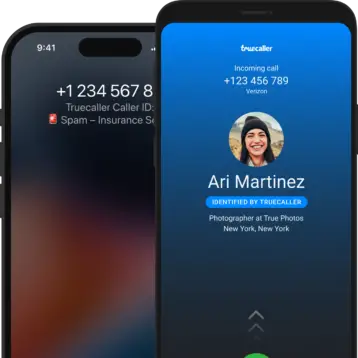Are you aware that AI-powered cyber threats are becoming more sophisticated and difficult to identify? It is critical to remain alert against such threats as we approach the year 2024. New types of cyberattacks are constantly emerging, so it’s important to be cautious about the following.

AI-Powered Ransomware
Ransomware attacks have become increasingly sophisticated, and the use of AI technology has amplified their impact. In fact, there was a doubling of ransomware attacks from August 2022 to July 2023. The use of AI in phishing campaigns and automating attacks to increase reach are the main factors behind this surge.
Every day, we hear about companies that have had their data stolen or their computers hacked. A lot of the time, victims have to deal with monetary loss, legal issues, and damaged reputations. If you want to avoid business closure or shattered dreams, you must arm yourself against AI-powered ransomware.
Ransomware can hold entire systems hostage, leaving healthcare providers and educators unable to operate.
Phishing
Did you ever get a message that seemed legitimate but was actually an elaborate scam? The shrewdness of cybercriminals is growing. Generative AI and large language models (LLMs) are now used to bolster the credibility of content and materials, such as audio and video. These advancements are utilized to enhance the efficacy of cyber attacks such as phishing, SMS, and social engineering.
Because of its impressive ability to mimic natural language, generative AI makes it more difficult to spot phishing attempts, which are characterized by errors in spelling, grammar, and cultural context.
For instance, the US investment bank came clean about a vishing attack that happened in 2022 and compromised many clients’ accounts. The hacker used phony credentials to get access to the victims’ accounts and transfer funds to their own bank accounts.
People and businesses must remain alert and take necessary precautions to safeguard themselves from online threats because of the alarming ease with which sophisticated technology can be utilized to trick and control us.
DDoS attacks
Imagine a street teeming with pedestrians to the extent that even the slightest movement becomes impossible. This is the impact of a DDoS attack on a website. It can force any website into a complete shutdown. The surge of traffic is so overwhelming that the website crashes, leaving companies at risk of losing money and damaging their reputation.
Systems that are powered by AI can now enhance DDoS attacks. They take over servers and Internet of Things devices by taking advantage of security holes and weak passwords. From there, they can adjust their attack plan in response to the target’s actions and the network conditions.
And that’s not all either. By creating malicious traffic, AI can bolster an attack and evade security measures. It employs sophisticated methods like generative adversarial networks and natural language processing to generate fabricated content that passes for the real thing.
Recently, a DNS attack was launched against a cryptocurrency exchange. The attacker exploited a vulnerability and caused a denial-of-service situation using an AI tool. For a few hours, the exchange was down, and millions of dollars were lost in transactions. Imagine a bank being robbed in broad daylight – only the thief can change their appearance whenever they want or is invisible.
What implications does this have for the typical individual? We must remain vigilant to the potential hazards and ensure our safety. It is imperative to ensure that passwords possess a high level of complexity, and it is equally important to consistently update our devices with the most recent security patches. Additionally, as business owners, we should prioritize cybersecurity investments to shield our companies from potential cyberattacks.
How to Secure Networks Against AI-Powered Cyberattacks
Keep your digital assets safe from harm by observing strong security measures. Invest in a powerful intrusion detection system (IDS), a virtual private network (VPN), and a security information and event management system (SIEM). Usually, you’ll find Reddit users posting reviews about different providers if you’re picking the most suitable one – this VPN comparison table is a good example. These tools use AI algorithms to find and stop threats in real-time.
It is possible for IDS to find and report system or network violations. Either methods based on signatures or ones on anomalies are used to do this. Intruder detection systems (IDS) can find possible threats and give you the information you need to handle them.
Let’s continue with other tools. If you wonder – are VPNs legal? They definitely are, and even recommended by organizations taking care of the legal part of people’s data handling.
However, if you often share sensitive information over the internet, you must invest in the most powerful VPN you can find. Run it each time you are handling critical data, especially when using public Wi-Fi. It encrypts your connection to keep your online activity hidden from prying eyes. It also keeps you safe from malware, phishing scams, and DDoS attacks.
You can see the big picture of your computer system’s or network’s security and identify any holes using SIEMs. It streamlines the process of resolving issues. In addition to collecting data, SIEM systems can alert you to possible security risks by sending reports and warnings.
Collecting and processing data from firewalls, antivirus software, intrusion detection systems, and other security devices can help keep your network safe.
Conclusion
As the year 2024 approaches, it is crucial to maintain a state of alertness and stay well-informed about developing forms of cyberattacks that may become increasingly advanced. To limit the risks of AI-powered cyber threats, it is crucial to prioritize investments in cybersecurity and take preventive actions. For that, we can use strong security measures like VPNs, IDS, and SIEM systems.










